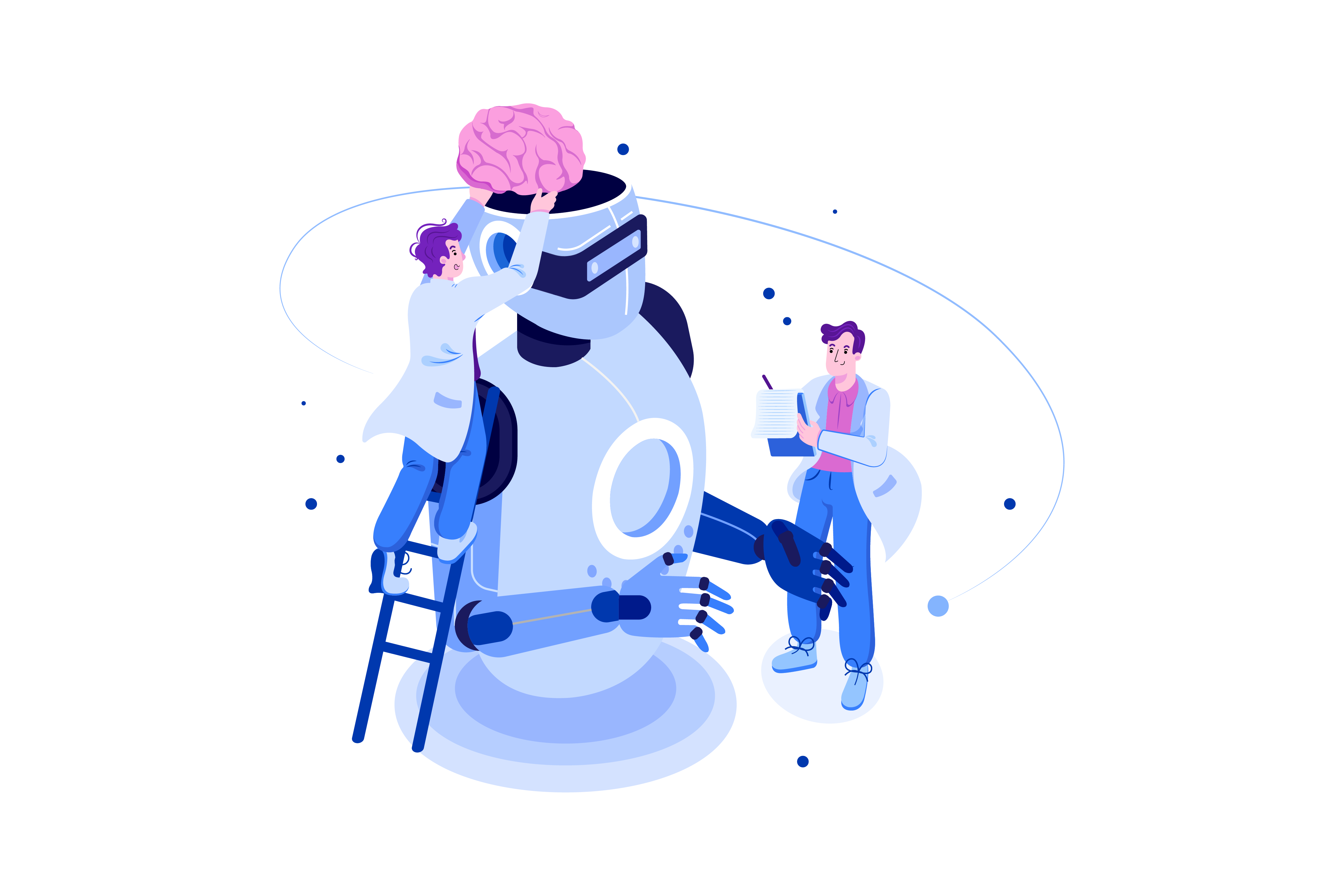Five years have passed since the release of “Marketing 4.0,” which also triggered the birth of transcosmos’ (hereafter referred to as “our company”) “5A Loyalty Diagnosis” service. The latest book in the series, “Marketing 5.0,” was released in Japanese on April 20, 2022. Marketing 5.0 discusses generational and social challenges in the digital society and new tactics for utilizing marketing technology. In this series of articles, we will provide a chapter-by-chapter overview in an easy-to-understand manner.
In Part 4, we summarize the “Digital Divide”.
Contents
What is the Digital Divide?
The digital divide refers to “the disparity between those who have access to the Internet, computers, and other information and communication technologies and those who do not.
According to a study published by weare.social in 2020, the number of Internet users worldwide has increased by 7% (298 million) from 201 to 4.54 billion, while 3.2 billion people, or just over 40% of the world’s total population, still do not have access to the Internet. More than 1 billion of these “unconnected people” live in South Asia (31% of the total), and another 870 million (27% of the total) live in countries on the African continent. This digital divide is commonly referred to as the “information gap,” and has been attributed to disparities among nations and regions, educational background and income, and gender.
In Marketing 5.0, the authors state that full Internet penetration will take at least 10 years, while the new digital divide is between “those who support digitization” and “those who criticize it.” People are split on whether the digitized society brings many opportunities or threats to the world. For example, you are probably familiar with the argument that AI, with its superior intelligence, may replace humans and take away human jobs. Marketing 5.0″ lists five threats and possibilities of digitalization, respectively.
Risks of Digitization
①Automation and loss of jobs
②Trust issues and concerns about the unknown
③Concerns about privacy and security
④Filter bubble and “post-truth” era
⑤Digital lifestyles and behavioral side effects
Possibilities of Digitization
①Digital Economy and Wealth Creation
②Big data and lifelong learning
③Smart Lifestyles and Augmented Human Beings
④Improving wellness and extending life expectancy
⑤Sustainability and social inclusion
To end the above polarization toward digitalization, the need to leverage technology to bring out the best in humans is mentioned in the following three ways.
The first is a personalized experience. Technology such as AI and machine learning is essential to customer engagement on a large scale. We have too many product choices and channel options making it difficult to make purchasing decisions. To help with decision-making in an era of information overload, companies need to enhance their marketing strategies with predictive modeling and advanced segmentation.
The second suggestion is social. Today’s customers trust the word of mouth and reviews on the web more than advertisements sent out by companies. These are vastly more voluminous than information sent out by companies. Moreover, social media such as Twitter and Facebook have allowed information to spread to a large number of people, and products and brands are spoken about freely and shared with an unspecified number of people. Companies are now forced to do more than just sell products and services. By making good use of social, where customers connect with each other, companies have the opportunity to draw out the strengths of their products and improve them for the better.
The third is experiential (elements that enhance the customer experience). Customers do not evaluate companies solely on the quality of their products and services. Thanks to improvements in Internet technology and the widespread use of smartphones, customers have access to far more information than ever before through a variety of touch points. Technology can enhance the customer experience at every point of contact between a company and its customers. Balance the strengths and weaknesses of technology and real people to achieve continuous engagement at every step of the customer journey.
While the digital divide remains, Marketing 5.0 states that the right use of technology by companies has the potential to enhance human well-being. It is essential to end the human/machine dichotomy and successfully integrate the two in order to deliver a superior customer experience.
